Video: Story of wild buffalo at Phuoc Binh National Park (Bac Ai district, Ninh Thuan)
The story of a wild bull who fell in love with a domestic cow
In the morning, Phuoc Binh National Park is immersed in a misty fog. The first rays of sunlight filter through the leaves, in the distance is an endless mountain range with simple houses of the Raglai people, creating a peaceful picture that is probably never seen in the city.
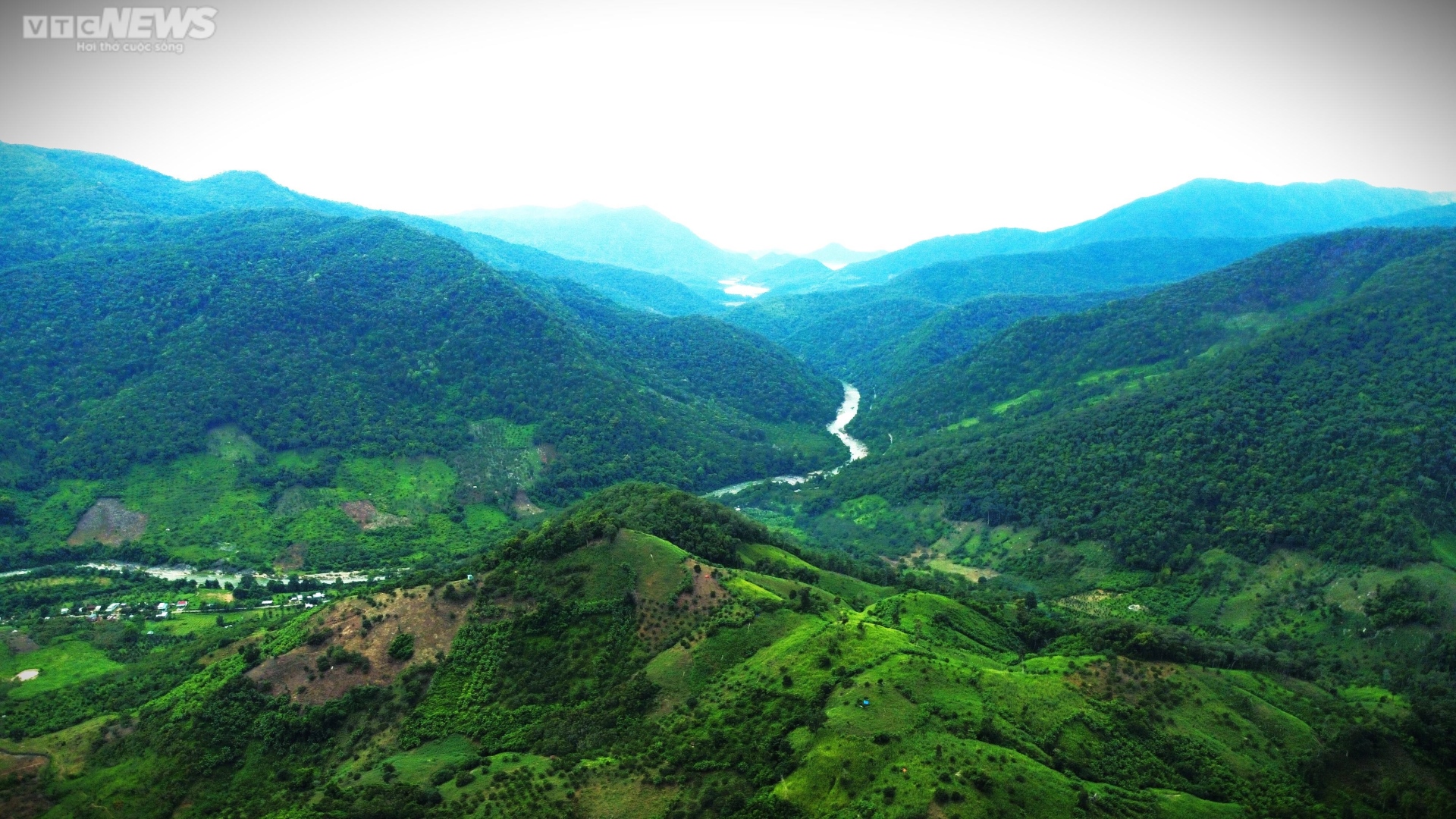
Phuoc Binh National Park, the intersection of three provinces: Ninh Thuan - Lam Dong - Khanh Hoa.
According to the local Raglai people, this is the place where every time the jungle fowl crows, all three provinces of Ninh Thuan - Lam Dong - Khanh Hoa can hear it.
In the gaur care camp, Nguyen Anh Tuan (51 years old), a National Park officer, in protective gear, started his day. Today is the weekend, so he stayed on duty and took the opportunity to visit the animals and the forest before the sun rose brightly.
With a gentle smile and tanned skin, Mr. Tuan said that he said it for fun, but waking up early to watch the herd of wild buffalo leave the barn and going into the house to grow cinnamon and lingzhi mushrooms to see the new mushroom buds sprouting is already a pleasure to start a new day for him.
Looking at the herd of gaurs leisurely grazing, Mr. Tuan said that the special highlight of Phuoc Binh National Park compared to other nature reserves in the country is the herd of 12 hybrid gaurs, including 10 F1, 1 F2 and 1 F3. This is the famous hybrid gaur herd throughout the country and is currently being raised semi-wild in the botanical garden under the management of Phuoc Binh National Park.
The story of the wild bull that Phan Rang people consider “the ancestor of women lovers” because he dared to separate from the herd to conquer domestic cows, and the birth of hybrid bulls has been passed down by word of mouth among the people for many years.

Male wild buffalo and female domestic buffalo, the difference in size and weight is too big. ( Photo provided by Phuoc Binh National Park )
The story goes that around September 2008, at the foot of Ta Nien mountain (Phuoc Binh commune, Bac Ai district), a wild and ferocious bull suddenly appeared.
He is about 1.7 m tall, more than 2 m long, weighs more than 1 ton, has a bare black body, each muscle mass stands out, four white legs and especially, the wild buffalo does not have a hump on its back like domestic cows but has a whole ridge of muscle running along its back.
The first time he appeared, he gored and injured 3 people, destroyed nearly 20 hectares of corn and bean fields, and violently pulled down the guardhouse, causing many people to panic. People only dared to go to the fields during the day; when the sun was about to set, they hurriedly returned home to avoid being attacked by the bull.
Not only that, on the very first night from the forest back to the village, he found the biggest bull in Bac Ray village on the edge of the forest and used his horns to dig a hole in the bull’s chest. From then on, the entire herd of cows foraging for grass on the edge of the forest was under his “control” because no bull in the village dared to come near.
On beautiful afternoons, he returned to the village, chasing after the cows in the Raglai people's fields at the foot of Ta Nien mountain, or in the grasslands and streams along the forest like a lovesick man.
Some people even call it "the playboy bull". It is a wild bull, but for some reason it is so infatuated with domestic cows that it leaves its herd, leaves the deep forest and returns to the edge of the forest to find ways to flirt with small domestic cows whose weight and size are only 1/3 or 1/4 of its massive body.
Sometimes, the bulls followed the cows all the way to the village, scaring many people and forcing them to go to another village to sleep.
According to locals, wild buffalo have very high sexual needs but only "love" each "female" cow once but are very passionate so they always make domestic cows crazy.
The result of the love affairs between the strong and amorous wild bull and the graceful and infatuated domestic cows, has produced about 20 F1 hybrid bulls that are superior in weight and have characteristics of coat color, horns... very similar to their "father".
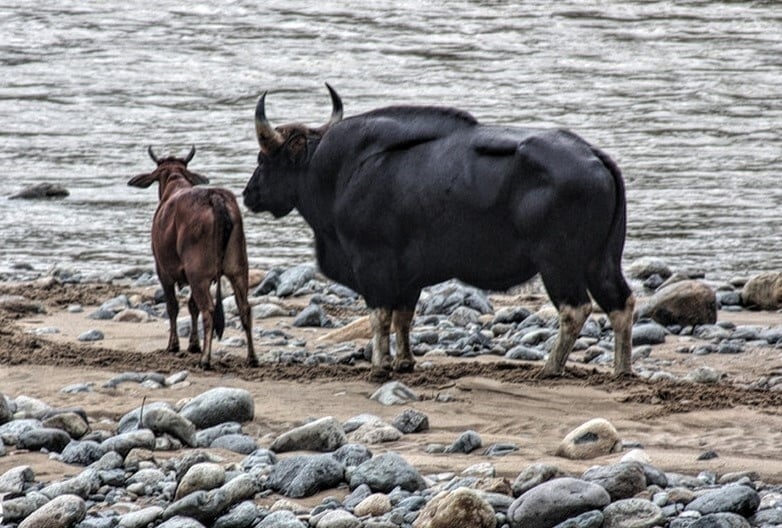
The male wild bull "in love" with the domestic cow has produced more than 20 hybrid cows (F1) including both male and female.
What surprised the locals was that, despite his wild nature, when the cows were in labor and giving birth, they discovered the figure of a man lurking nearby as if he wanted to share the birth with them.
Live for love, die for love. The strong wild bull of the green forest after several years of stirring up the domestic cows could not overcome old age and weakness, and died in the neighboring forest.
On March 8, 2015, the authorities of Ninh Thuan province went to Bac Ray 2 village, Phuoc Binh commune, Bac Ai district to examine the scene, complete all legal procedures, and declare the only male gaur that mated with a herd of domestic cows dead. During the 6 years living with domestic cows, scientists determined that the male gaur mated with more than 20 domestic cows, giving birth to more than 20 hybrid calves (F1) including both males and females.
Mountains and forests are life
Under the first rays of the morning sun, the herd of fat, shiny, curved bulls fiercely looked warily at us.
Although they are “fathers of the forest, mothers of the house”, these bulls are still full of natural wildness. Detecting strangers approaching the fence, from afar they pointed their horns and stared at us, ready to fight.
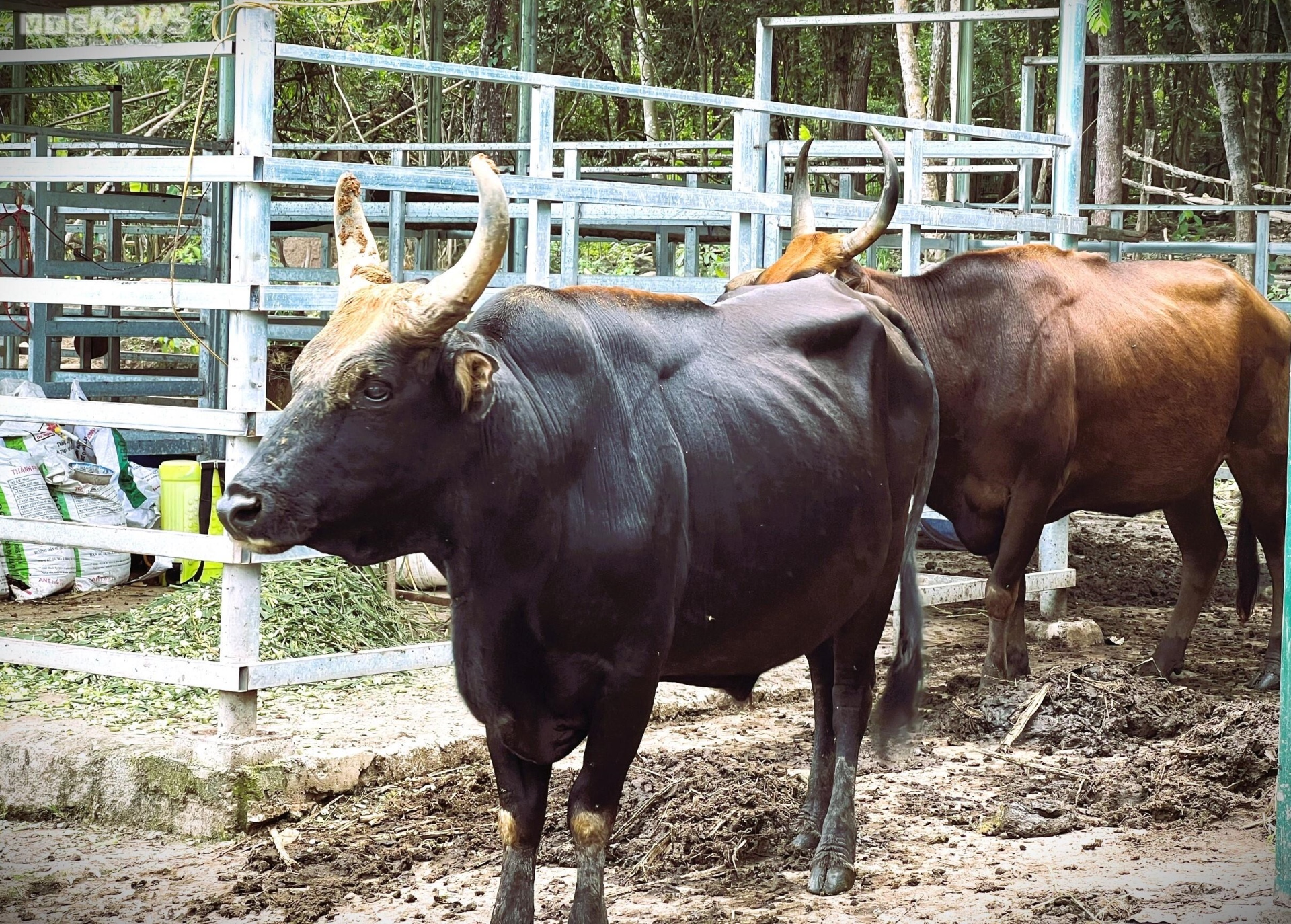
No one can recognize these cows as they were 3 years ago, with exhausted bodies, weak legs and wobbly legs.
Mr. Tuan continued the story, after the love-sick bull died, in order to maintain and develop the rare genetic resource, in early 2012, the Department of Science and Technology of the two provinces of Ninh Thuan and Lam Dong agreed to buy back 10 hybrid bulls from the people, with a budget of more than 1.9 billion VND.
In the period 2012 - 2015, after discovering that wild gaurs and domestic cattle can "love each other", Phuoc Binh National Park cooperated with Lam Dong Center for Science and Technology Application to conduct a research project on genetic identification and evaluation of the reproductive ability of F1 crossbred cattle between gaurs and domestic cattle in the border area of Ninh Thuan and Lam Dong with a positive assessment of the prospect of developing valuable genetic resources.
Next, the state-level project on Exploitation and Development of Rare Cattle Genetic Resources in the Border Area of the Three Provinces of Ninh Thuan - Lam Dong - Khanh Hoa was implemented at the end of 2015. The project was completed in June 2019.
In October 2020, public opinion across the country was outraged by the news that a herd of 11 gaurs managed and kept in Bac Ray 2 village by the Lam Dong Provincial Center for Science and Technology Application was fed only dry straw for a long time, leading to exhaustion and emaciation.
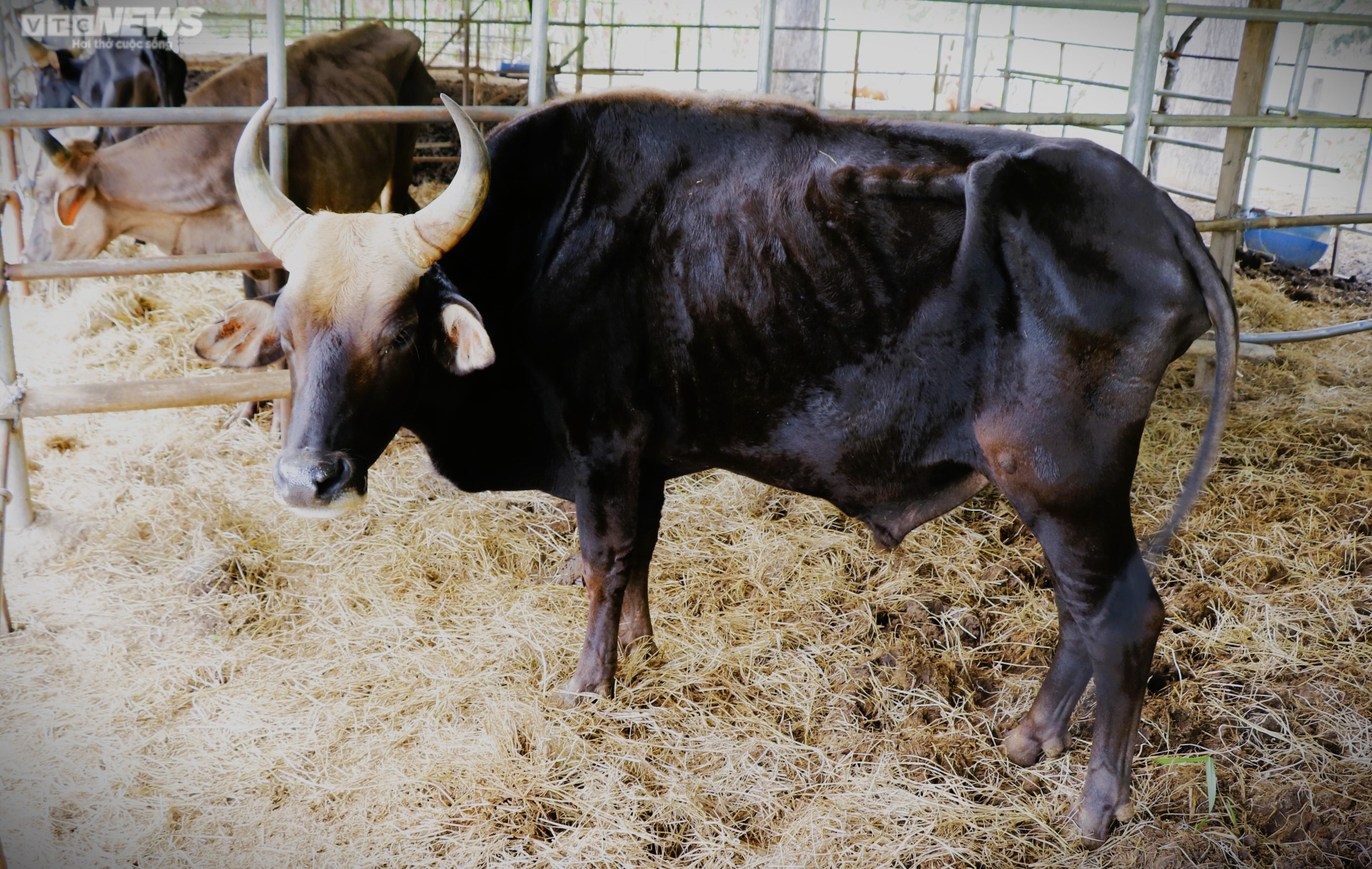
In October 2020, the herd of 11 gaurs managed and kept by the Lam Dong Province Center for Science and Technology Application was skinny, exhausted, and lifeless.
By October 2020, the herd was handed over to Phuoc Binh National Park for management and care. At the time of handover, the herd of crossbred gaurs consisted of 10 F1 crossbred gaurs (5 males, 5 females) and 1 female F2 crossbred gaur.
By the end of December 2020, the F2 gaur continued to give birth to the F3 generation. From June 2021 to now, the gaur herd has been moved to a new home in a large area of about 5 hectares, within the vegetation forest under the management of Phuoc Binh National Park.
Here, the new feeding method not only helps the cows gain weight steadily but also restores their inherent characteristics and enables them to reproduce.
Concentrated feed, fresh feed, straw and mineral salts… are the two-meal daily menu for the crossbred gaur herd. Those with weak health are separated from the herd, monitored and given special care.
Not kept in cramped quarters, the herd of wild bulls is grazed under the forest canopy, and at night they rest in covered pens.
When returned to their natural habitat, they gradually "revive", each one is agile, changes skin and flesh every day, skin is tight and fur is shiny and flexible.
In particular, the semi-wild living space helps these wild buffalo descendants return to nature, living according to their ancestors' instincts without leaving their homes or villages.
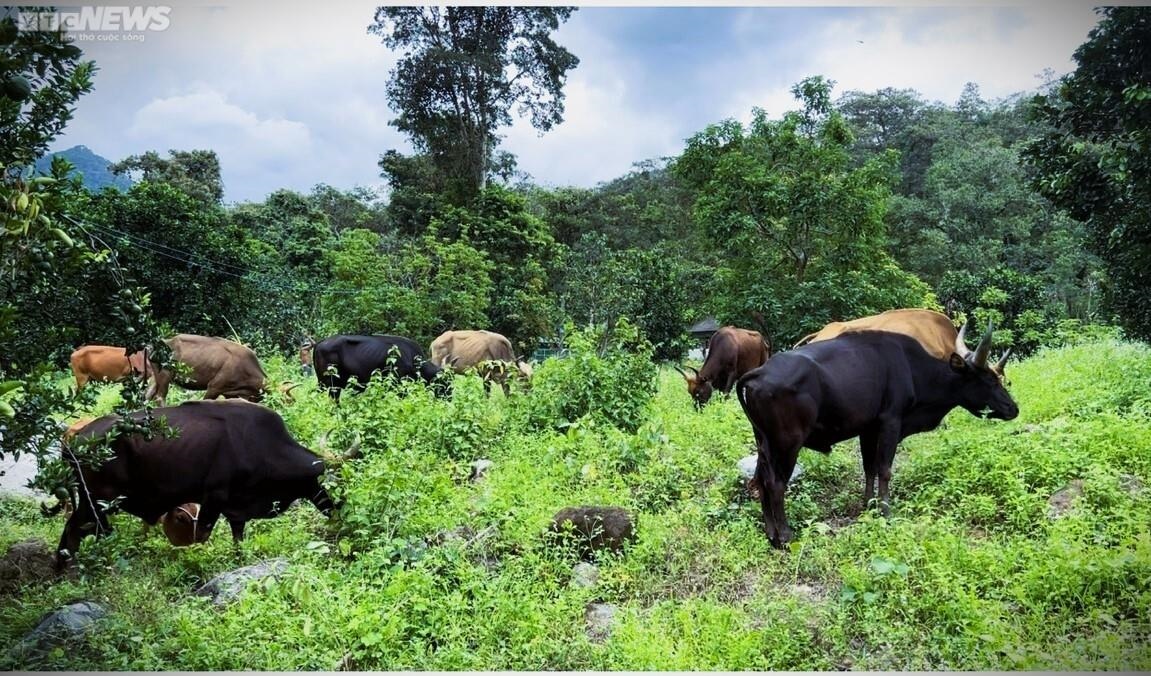
The hybrid bull herd is recovering day by day.
Among the tall and large gaurs, there are a few small domestic cows. Mr. Phan Trung (Center for Environmental Education and Environmental Services of Phuoc Binh National Park) said that they are "female" domestic cows, released by the Management Board to live together with the male gaurs with the purpose of being "mates" for the male gaurs.
Mr. Trung added that the advantage of hybrid bulls is that they are very healthy, and if well-nourished, they can grow 3 times larger than domestic cows of the same age. They eat very well, their main food is green grass, other plants such as corn, sugarcane, etc.
In the middle of the forest, we saw smiles and hopeful eyes of the staff of Phuoc Binh National Park, suddenly remembering a saying of the Raglai people, translated into Kinh language meaning "Mountains and forests are life!".
Wild gaur, scientific name Bos gaurus, matures up to 1.9 m tall, weighs 800 - 1,000 kg, white legs, black body, ferocity second only to tigers. World zoologist experts have recognized the Vietnamese gaur as one of the largest natural cattle species in the world.
Wild gaurs are an endangered species that have been listed in the IUCN Red List since 1986. They have many valuable characteristics such as large stature, good resistance to harsh climate conditions, etc., and are considered a rare genetic resource that needs to be preserved and can be developed for breeding.
Source


![[Photo] General Secretary To Lam concludes visit to Russia, departs for Belarus](https://vphoto.vietnam.vn/thumb/1200x675/vietnam/resource/IMAGE/2025/5/11/0acf1081a95e4b1d9886c67fdafd95ed)
![[Photo] General Secretary To Lam meets and expresses gratitude to Vietnam's Belarusian friends](https://vphoto.vietnam.vn/thumb/1200x675/vietnam/resource/IMAGE/2025/5/11/c515ee2054c54a87aa8a7cb520f2fa6e)
![[Photo] General Secretary To Lam arrives in Minsk, begins state visit to Belarus](https://vphoto.vietnam.vn/thumb/1200x675/vietnam/resource/IMAGE/2025/5/11/76602f587468437f8b5b7104495f444d)
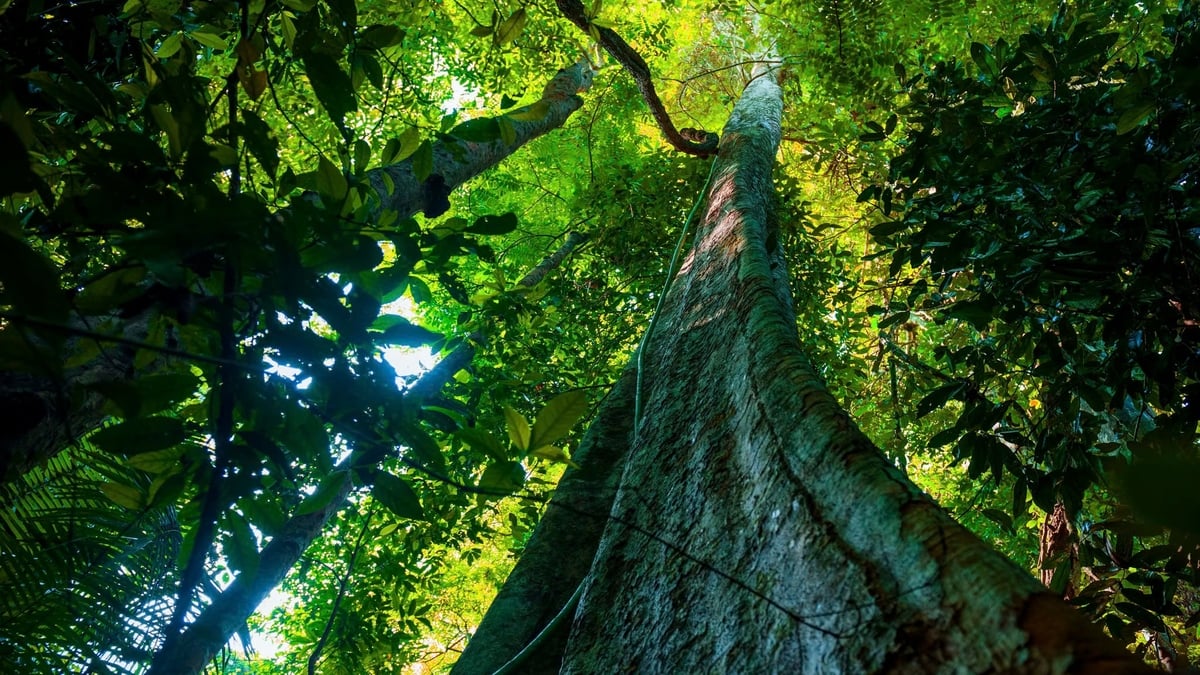
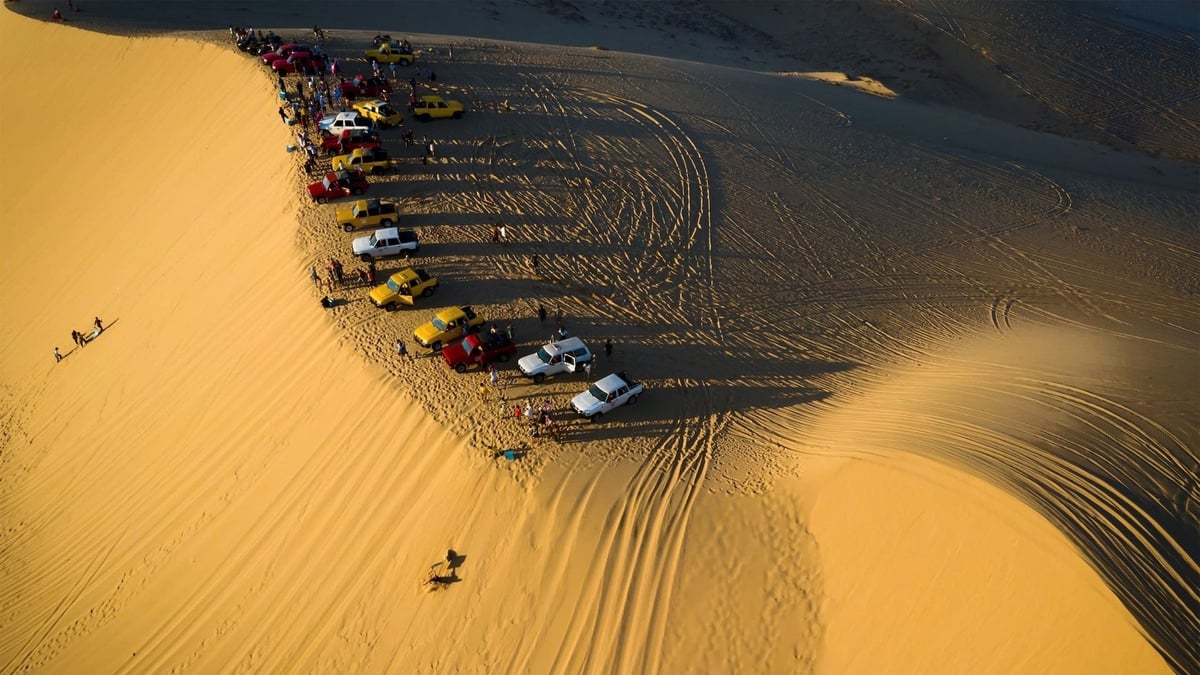
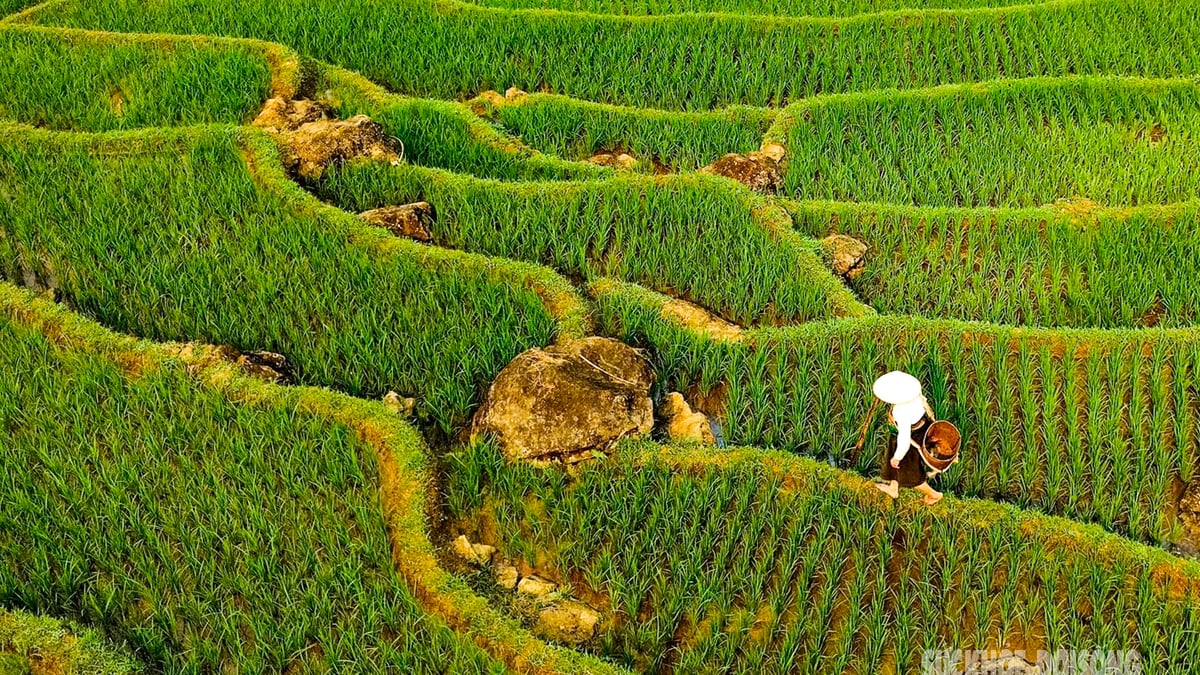




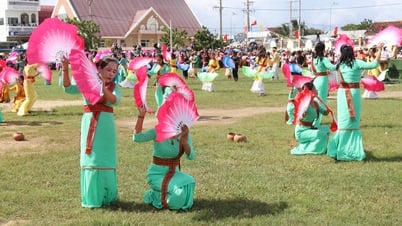



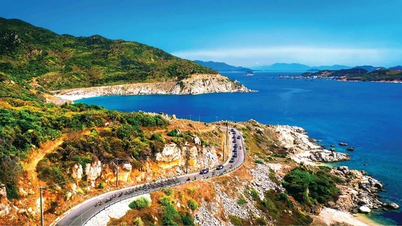



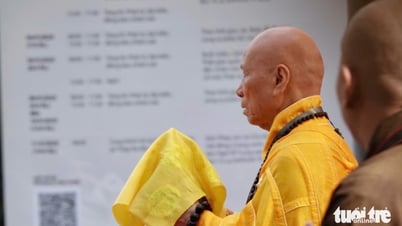
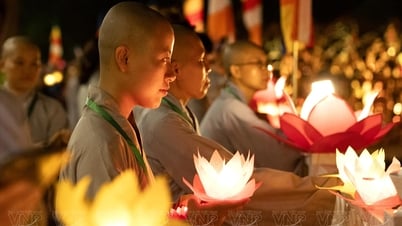











![[Photo] National Assembly Chairman Tran Thanh Man attends the Party Congress of the Committee for Culture and Social Affairs](https://vphoto.vietnam.vn/thumb/1200x675/vietnam/resource/IMAGE/2025/5/11/f5ed02beb9404bca998a08b34ef255a6)

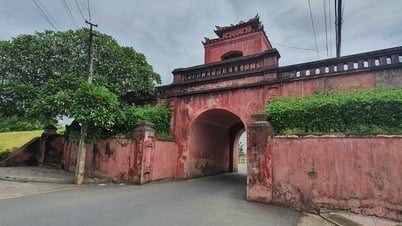



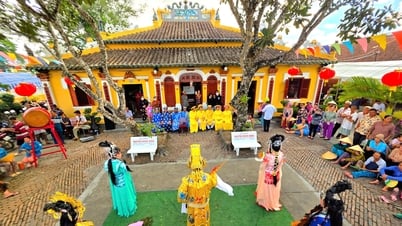
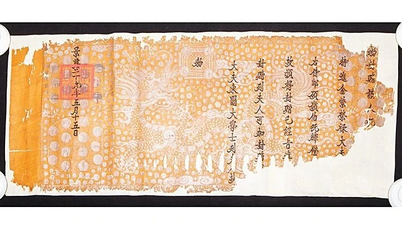











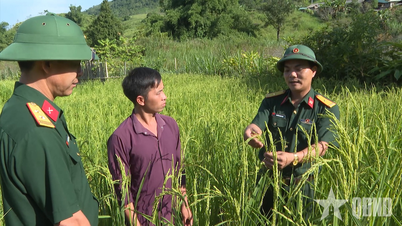
















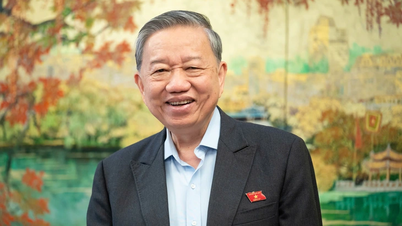









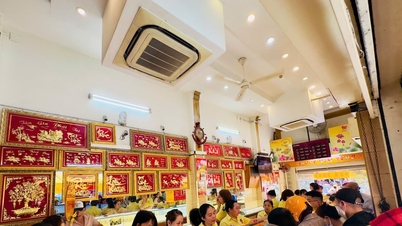




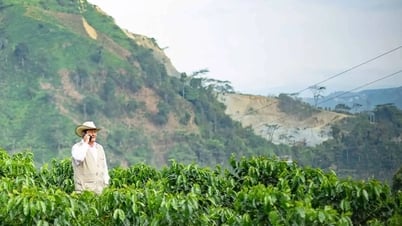





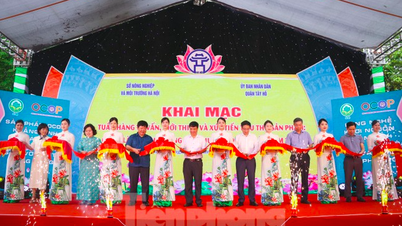







Comment (0)